If you’ve been gardening for any length of time, chances are that you know the importance of topsoil. Healthy topsoil allows your plants to get the necessary nutrients they need to grow and thrive while also providing a medium in which they can effectively use water.
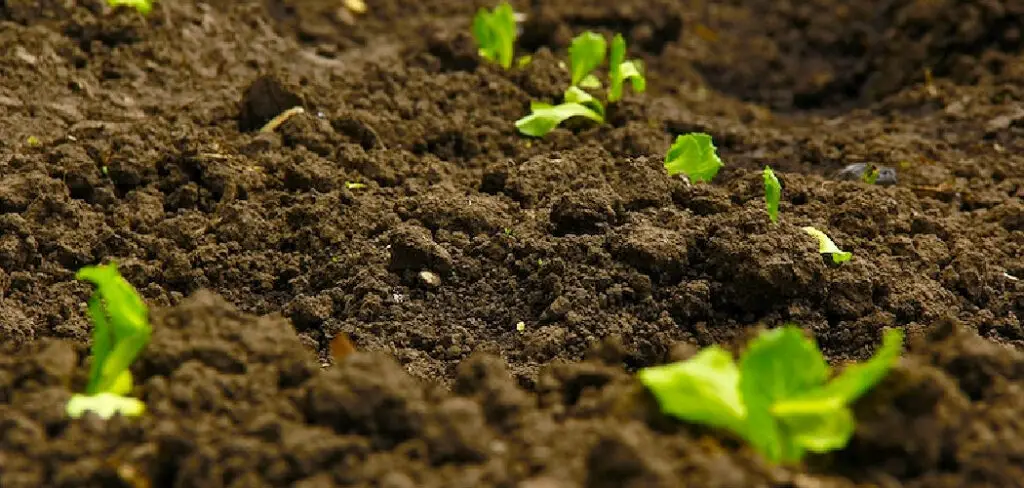
However, if you’re new to gardening or have a hard time keeping up with soil maintenance, then creating topsoil from scratch may seem like an impossible task. The good news is that making your own topsoil isn’t as difficult as it seems! In this blog post, I’ll be giving some easy-to-follow steps on how to make topsoil for all of your growing needs.
What Are the Ingredients of Topsoil?
Topsoil is a combination of organic matter and mineral components, which work together to provide the nutrients plants need. The most important ingredients are:
1. Organic Matter
This includes decomposing material such as leaves, grass clippings, weeds, wood chips, and bark. Organic matter helps retain moisture in the soil while providing an environment for beneficial microorganisms that can break down nutrients.
2. Mineral Components
These include sand, clay, and silt particles. Each particle size plays an important role in the soil’s structure, providing space for air and water movement, as well as a framework for roots to grow.
3. Nutrients
Topsoil contains essential minerals like nitrogen, phosphorus, and potassium that help plants thrive. It also includes trace elements that are found in small amounts but are still necessary for plant growth.
Making topsoil involves combining all of these components into a balanced mix that provides the right environment for healthy root growth and nutrient uptake by your plants. The process of creating topsoil is time-consuming but rewarding when you see your plants thrive!
The best way to make topsoil is by composting organic matter. Composting breaks down organic matter and reintroduces the nutrients into the soil, providing a nutritious mix for your plants. You can also purchase topsoil from garden centers or nursery suppliers if you don’t want to make it yourself.
Whichever route you choose, be sure to add plenty of organic matter and the right mineral blend, so your plants have access to the nutrients they need. With a little effort, you can create your own nutrient-rich topsoil!
10 Methods How to Make Topsoil
1. Add Compost
One of the best ways to improve your soil is to add compost. Compost is made from organic matter, such as leaves, grass, and food scraps. It helps to improve soil structure, drainage, and fertility. When adding compost, make sure to mix it into the existing soil and spread it evenly over the surface of your garden.
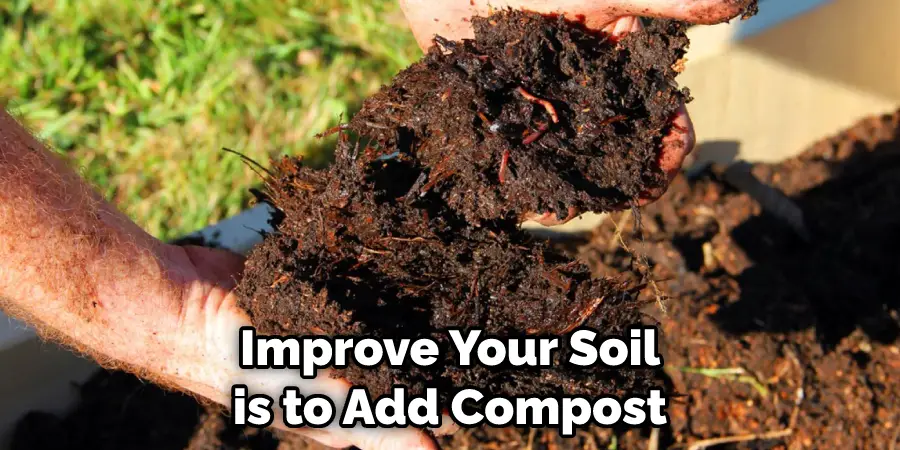
If you want to ensure that the compost is fully integrated into the soil, you can use a rototiller. Although you can buy ready-made compost, it is also possible to make your own. However, it is important to make sure that you do not add any weeds or weed seeds to the compost pile, as these can end up in your soil.
2. Aerate the Soil
Aerating the soil can also help to improve its quality. Aeration involves poking holes in the soil to allow air and water to reach the roots of plants. This can be done with a garden fork or an aerator machine. Make sure to aerate the soil evenly and at a depth of around 10 inches. This will also help break up any compacted areas in the soil. After aeration, it’s important to smooth out the surface of the soil and remove any large clumps.
3. Use Mulch
Mulch is a layer of material that is placed on top of the soil. It helps to protect the soil from erosion and excessive evaporation. Mulch can be made from organic materials such as bark or straw or inorganic materials such as gravel or plastic. When using organic materials, make sure to use untreated sources and avoid materials that have been treated with pesticides or fungicides.
Additionally, adding mulch can help enrich the soil by providing organic material as it breaks down over time. This can help add nutrients to the soil, helping to create a healthier environment for plants to grow. Be sure to spread a 2-3 inch layer of mulch over the area, but keep it away from the base of plants. This will help keep the soil temperature regulated and provide a barrier against weeds.
4. Grow Cover Crops
Cover crops are plants that are grown to protect the soil from erosion and nutrient depletion. They also help to improve soil structure and increase organic matter levels. Common cover crops include clover, rye, and vetch. Plant cover crops in the fall and let them grow all winter. In the spring, before planting your garden, mow or till the plants into the soil.
This will add nutrients and organic matter to the topsoil. It will also help keep weed seeds from germinating in your garden soil. Although cover crops are an excellent way to build soil, it is important not to let them grow too long or they will start to take away from the nutrients in the soil. Be sure to mow or till them in before they flower and set seed.
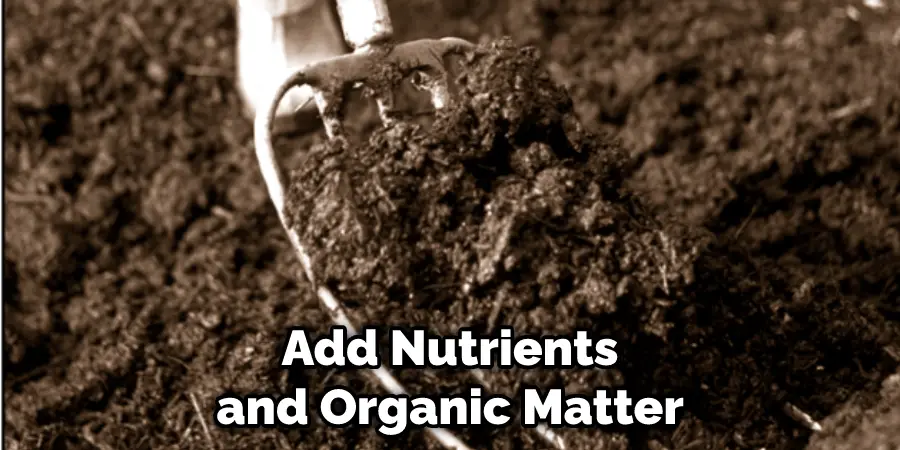
5. Add Organic Matter
Adding organic matter to your soil will also help to improve its quality. Organic matter includes things like leaves, grass, and food scraps. It helps to improve drainage and increase nutrient levels in the soil. You can add organic matter by either tilling it into the soil or by adding a layer of compost on top.
Both methods will help your soil retain moisture and provide plant roots with essential nutrients. Additionally, adding organic matter to your soil will also improve its structure, making it easier for water and air to move through it. Finally, organic matter can also act as a natural fertilizer for your plants, providing them with the necessary nutrients.
6. Limit Erosion
Erosion can cause your soil to lose nutrients and become less productive. You can limit erosion by planting cover crops, using mulch, and avoiding tillage (plowing). Cover crops can protect the soil from wind and rain, while mulch helps to keep moisture in the soil and prevents runoff. When you do till, only till the top few inches of soil and avoid compacting it.
This will help to keep your soil loose, aerated, and healthy. Lastly, having a well-maintained lawn or garden can help slow erosion and retain moisture, so your topsoil will be kept in the best condition.
7. Improve Drainage
Poor drainage can lead to waterlogged soils that are low in oxygen and nutrients. You can improve drainage by adding organic matter, aerating the soil, and growing plants that have deep roots (such as trees). Additionally, you may want to consider installing drainage tiles or using a process called tilling. Tilling helps to open up the soil and allows for better root penetration.
You can also mound up the soil in certain areas to create raised beds, which can help with drainage as well.
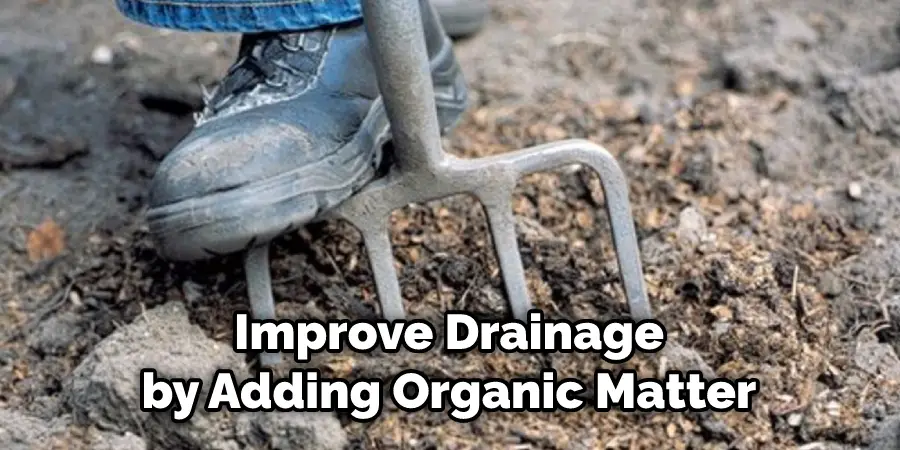
Once you have improved the drainage, topsoil should be added to fill in any depressions and level out the soil. This will create a stable surface for planting and help ensure that your plants get adequate water and nutrients. Although this step may not be necessary for every situation, it is a good idea to consider improving drainage when creating topsoil.
8. Increase Fertility
You can increase the fertility of your soil by adding compost or manure. This will provide essential nutrients that plants need to grow healthy and strong. Additionally, you can use cover crops or green manures to add nitrogen back into the soil.
Cover crops are planted to protect the soil from erosion, while green manures help to improve the fertility of the soil. Planting legumes are a great way to add organic matter and nitrogen back into the soil. Finally, you can use a mulch to help retain moisture and keep grass from growing in your new topsoil.
9. Amend Clay Soils
Clay soils can be difficult to work with and are prone to compaction. To improve clay soil, you should add organic matter and gypsum (a form of calcium). This will help to loosen the soil and make it easier for plants to take up nutrients. It will also help to improve drainage in clay soil. To do this, spread two to four inches of compost or rotted manure over the soil and then till it in.
You can then add one-half pound of gypsum per 100 square feet and mix it into the soil as well. The gypsum will help to improve drainage and keep the soil from becoming too compact. For best results, it’s best to amend your clay soil in the spring or fall. This will give it plenty of time to settle, and you’ll be ready for planting come springtime.
10. Test Your Soil
You should always test your soil before you begin any project. A soil test will tell you the pH balance, nutrient level, and texture of your soil. This information can help you determine which amendments are best for your plants. For example, if your soil is too acidic, you may need to add lime. Alternatively, if your soil is too alkaline, adding sulfur can help.

Knowing the texture of your soil can also help you decide which plants will thrive in it. If your soil is mostly sand, for instance, plants that prefer sandy soils will do best. Testing your soil is the first step in creating a topsoil recipe that will produce the best results.
By following these steps, you can improve the quality of your topsoil and create a better-growing environment for your plants. With proper soil management, you can create a healthy and productive garden that will provide years of enjoyment.
Making topsoil is an ongoing process that requires patience and dedication. But with the right tools and knowledge, you can achieve excellent results. So don’t be afraid to get out there and start creating your topsoil recipe today!
Things to Consider When Making Topsoil
1. Understand Your Land’s Requirements:
Before you can make topsoil, it’s important to understand your land’s requirements. If you’re creating it for a garden, different plants have different soil needs and preferences. Do some research to understand what type of soil is best for the plants you plan to grow.
2. Collect Soil Amendments:
Soil amendments are materials added to improve the quality of soil and help it hold water better. Common amendments include compost, manure, and peat moss. When collecting these items, be sure to wear gloves and a mask as some of them can contain bacteria, parasites, or other contaminants.

3. Choose the Right Tools:
When making topsoil, you’ll need certain tools to help with the process. A garden spade or trowel is ideal for mixing soil and amendments together. You may also want to use a rototiller for larger areas.
4. Prepare the Site:
Before starting, you’ll need to make sure your work area is free of debris and weeds. If there are rocks or roots in the area, remove them before starting. Additionally, loosen the soil with a shovel or rototiller to help it absorb moisture more effectively.
What Is the Best Mix for Top Soil?
The best mix for topsoil will depend on the type of plants that you want to grow and the soil conditions in your area. Generally, a good topsoil mix should include organic materials such as compost, peat moss, and/or manure. These materials help to add nutrients and beneficial microorganisms to the soil while improving its structure and water-holding properties. Additionally, it can help to add a small amount of sand or other fine particles to the mix, as this helps to improve drainage and aeration. Finally, a slow-release fertilizer can be added to provide additional nutrients to help plants grow and thrive.
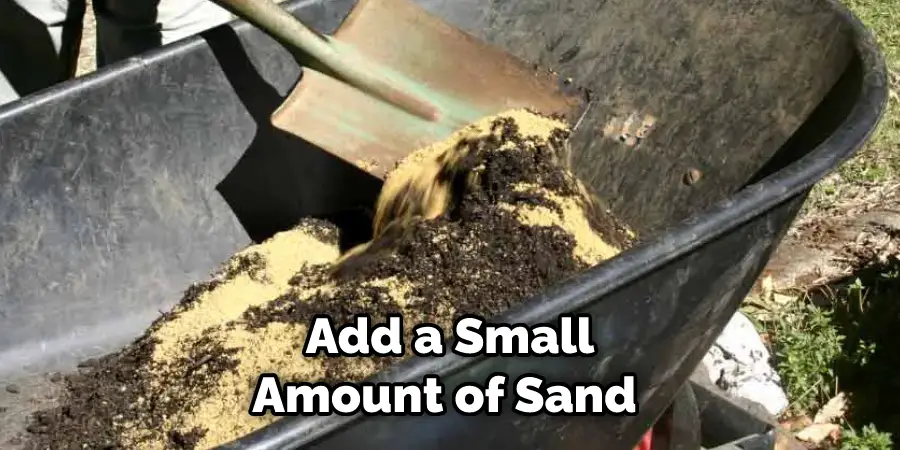
Conclusion
So, there you have it–a step-by-step guide to making your own topsoil. With a little time and effort, you can have the beautiful, healthy garden of your dreams. Be sure to follow these steps carefully in order to produce the best results. And once you’ve mastered the art of making topsoil, you can share your knowledge with others and help them create their own gorgeous gardens! Thanks for reading our blog post on how to make topsoil! We hope you found it helpful and informative. Happy gardening!

